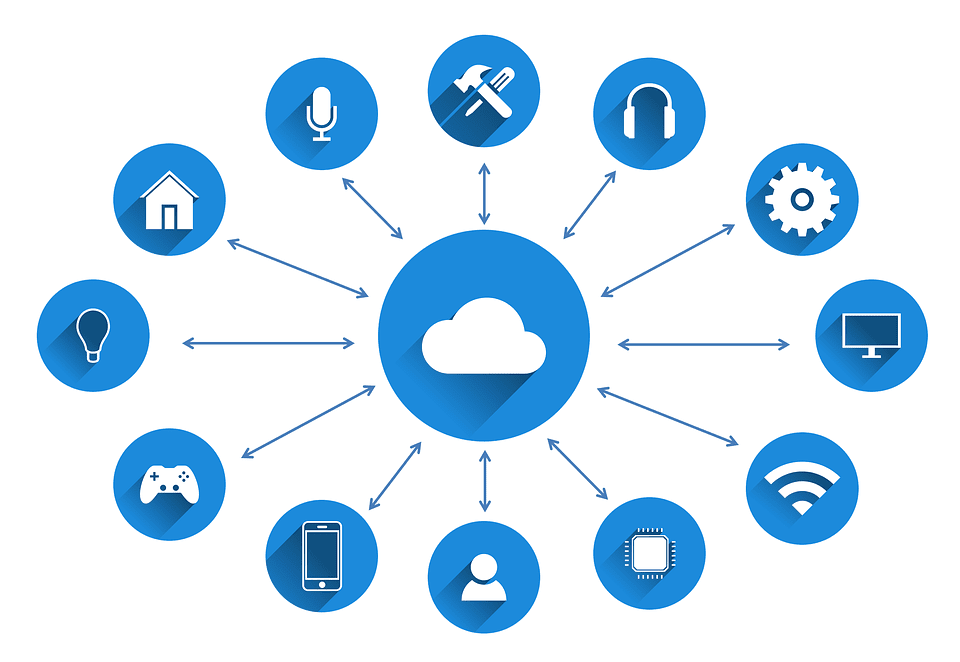3D printing could easily be the most disruptive technology in existence today.
It has the potential to end the era of the Industrial Revolution by turning homes into mini-factories that produce everything from repair parts to food.

The scope is breathtaking.
Let’s look at the advantages that the new technology offers us.
Lower machine costs
My biggest beef with current manufacturing is that a single machine cannot be reconfigured to manufacture a variety of things. If a machine is bought to cast a particular part or piece it remains to do so until it breaks down.
The low diversity and the high expense of importing machines are big drawbacks that limit their use in factories alone.
With 3d printers that’s not going to be an issue at all.
Lower labor costs
The labor costs associated with 3D printing are low because there aren’t really any workers who are supposed to get paid.
Printing products don’t require the assembly of machines or workers. It’s really just you or family members or a close unit.
Consider another kicker: The product may be ready to be introduced to the market after only 3 or 4 models and ironing out imperfections. The process and journey from a model in somebody’s mind to a finished product is awfully short.
Material costs are high but would go low in the future
Material costs are high… for now. That’ll shortly change.
I remember when buying my first Nokia I had to shell out close to $150 approximately 8500 INR and that piece of metal plastic supported only 2G, ran one application at a time, and frequently hung and stopped working after two years.
Today I can purchase a 4g phone for $30 less. It supports HD video streaming, countless apps at the same time, and so on.
My point is- this is the thing with technology. Sooner or later something happens and costs go down, processing power increases and magic happens.
The material costs would definitely go down. Currently, there are printers that support metal, that support plastic, and ones that print ceramic. The diversity is limited.
That too will soon change.
The other thing to note is with existing materials a lot of wonderful things could be done at dirt cheap.
Using the Creality CR-105 3-D printer, a professor of Classics is trying to recreate Greek temples that were originally made in white marble.
The professor’s replica is correct on the painstaking details but instead of fiddling around with heavy marble blocks, he’s using Creality to create plastic bricks to make the life-size model.
He used a photoscan machine to scan the blocks from all angles before feeding the design details to the printer.
Needless to say, 3D printing has great applications in not only manufacturing but education as well.
Less waste
Almost the entirety of manufacturing processes today produces a lot of waste. Waste production is part of the process.
3D printers are designed in a way that it takes only the required amount necessary to form the product. The waste is near zero thanks to that.
The most dominant material in use are thermoplastics which can be melted and used for production. When it cools down, it can be reheated and used to create something else. Even the wasteful bits are not thrown away that way.
Transportation costs bo hoo
There won’t be any factory left mass-producing items for commoners. There would be no need to pull trucks and trains from faraway places and run hooplas from factories to middlemen to haggling shopkeepers.
The only kind of transport that would take place is this: a designer will email or upload the design blueprint to the internet and the person printing the product would download it.
The pollution caused by transport vehicles would be no more.
Global warming can take a breather since vehicles for transport will cease to exist and Teslas will rule the road making the earth a greener place.
Final words
Do let us know your thoughts about the advantages that 3D printing provides us with.








